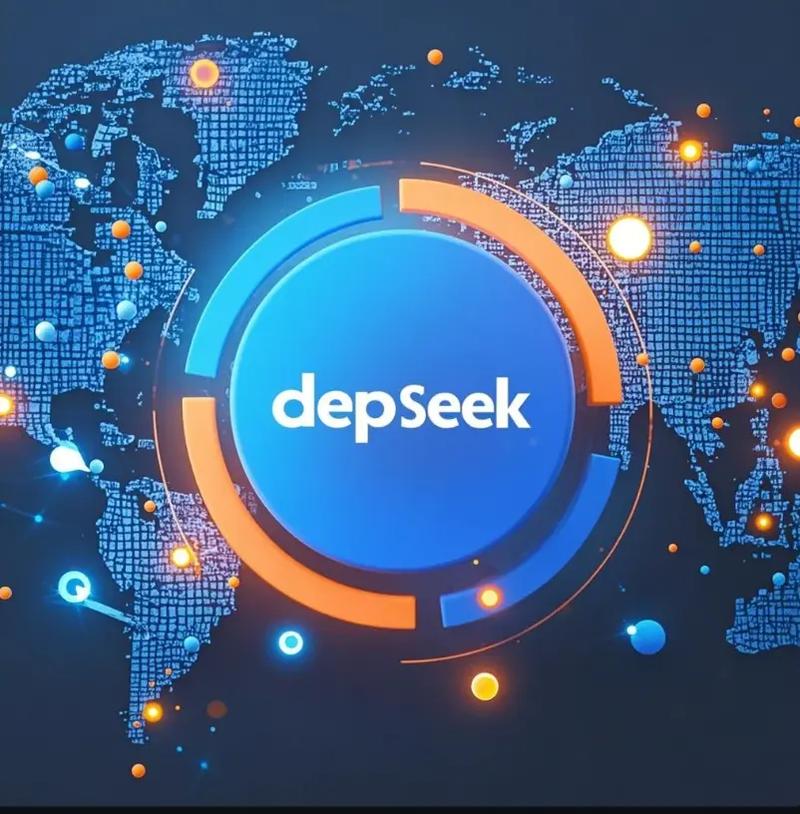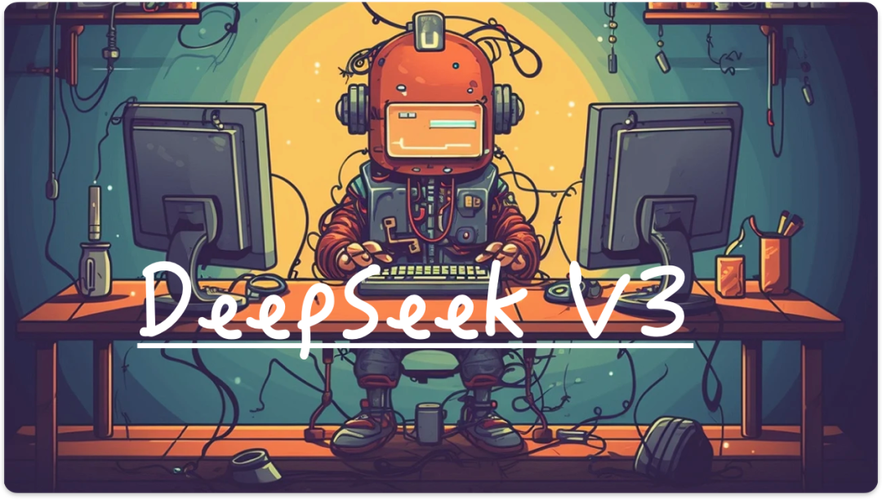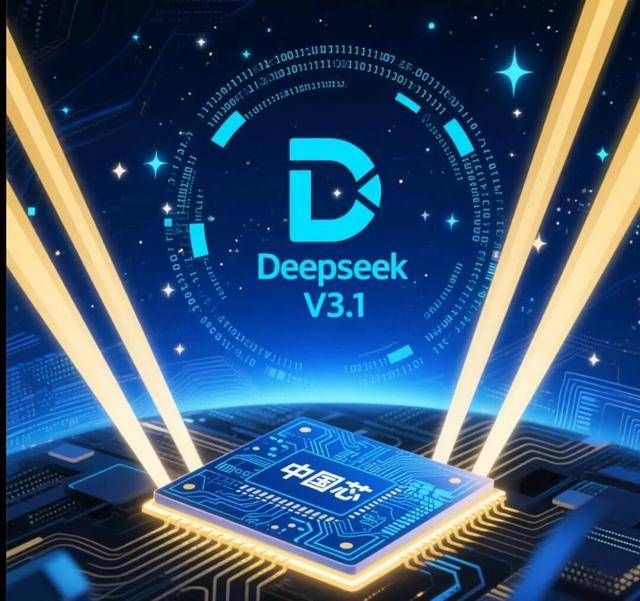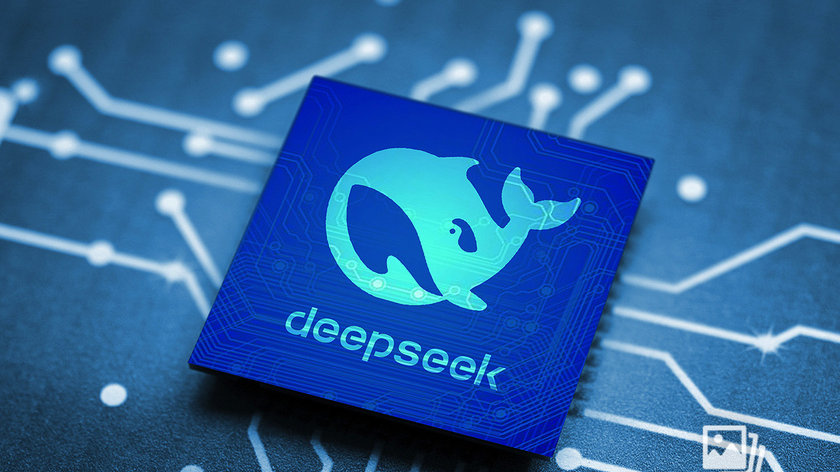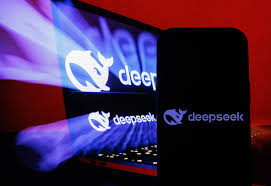Understanding Artificial Intelligence and Neural Networks: A Deep Dive into the Brain of Machines
Introduction: The AI Revolution Is Here
Artificial Intelligence (AI) is no longer a futuristic concept reserved for sci-fi movies. From self-driving cars and voice assistants to medical diagnostics and recommendation systems, AI is becoming deeply integrated into our daily lives. Yet, despite its ubiquity, few truly understand how it works—particularly the neural networks that power much of modern AI.
In this article, we break down the complex world of AI and neural networks in a way that’s both comprehensive and approachable. Whether you're a curious student, a tech enthusiast, or a professional exploring AI applications, this guide will help you "see clearly" (看明白) how artificial intelligence functions, what neural networks are, and why they are revolutionizing the way machines "think."
Table of Contents
-
What Is Artificial Intelligence?
-
The Evolution of AI: From Rule-Based to Deep Learning
-
What Are Neural Networks?
-
Biological vs Artificial Neural Networks
-
Types of Neural Networks Explained
-
How a Neural Network Learns
-
Key Components of a Neural Network
-
Training Process: Data, Forward Pass, and Backpropagation
-
Deep Learning: Going Deeper with Layers
-
Convolutional Neural Networks (CNNs): Vision for Machines
-
Recurrent Neural Networks (RNNs): Understanding Sequences
-
Transformers: The Modern AI Breakthrough
-
Real-World Applications of AI and Neural Networks
-
Limitations and Challenges
-
AI Ethics and Societal Impact
-
Future Trends in Neural Networks
-
Common Misconceptions About AI
-
Getting Started in AI: Tools and Resources
-
Why It Matters to Understand AI Today
-
Conclusion: Looking Into the Mind of Machines
1. What Is Artificial Intelligence?
Artificial Intelligence refers to the ability of a machine to mimic cognitive functions such as learning, reasoning, problem-solving, perception, and language understanding.
There are three broad types of AI:
-
Narrow AI: Designed for specific tasks (e.g., Siri, ChatGPT)
-
General AI: Hypothetical AI with human-level intelligence
-
Superintelligent AI: A theoretical future AI far beyond human capabilities
Today’s AI—like DeepSeek or GPT—falls into narrow AI, but with powerful abilities thanks to neural networks.
2. The Evolution of AI: From Rule-Based to Deep Learning
Early AI relied on if-then rules. These were brittle, rigid systems.
Modern AI is powered by machine learning (ML) and especially deep learning, which allows machines to learn from data without explicit rules.
Neural networks are at the heart of this evolution.
3. What Are Neural Networks?
A neural network is a system of algorithms designed to recognize patterns. It's inspired by the human brain, consisting of layers of interconnected nodes, or "neurons."
Each neuron receives inputs, processes them, and passes output to the next layer. Through this mechanism, neural networks can:
-
Recognize handwritten text
-
Translate languages
-
Detect cancer from medical scans
-
Drive autonomous vehicles
4. Biological vs Artificial Neural Networks
| Feature | Biological Neuron | Artificial Neuron |
|---|---|---|
| Structure | Dendrites, soma, axon | Input weights, activation, output |
| Learning | Neuroplasticity | Gradient descent |
| Communication | Electrochemical signals | Mathematical functions |
| Purpose | Survival & cognition | Task-specific learning |
While vastly simpler, artificial neurons borrow core ideas from biology: connection, communication, and learning from input.
5. Types of Neural Networks Explained
Different neural network architectures serve different purposes:
-
Feedforward Neural Networks (FNN): The simplest form; data flows in one direction.
-
Convolutional Neural Networks (CNN): Ideal for image tasks.
-
Recurrent Neural Networks (RNN): Suited for time series or language.
-
Generative Adversarial Networks (GANs): Can generate new content.
-
Transformers: The architecture behind models like GPT and DeepSeek.
6. How a Neural Network Learns
Learning involves adjusting weights between neurons to minimize error between predicted and actual outputs.
The network goes through:
-
Forward propagation: Input → Output
-
Loss calculation: Measure of prediction error
-
Backward propagation: Adjust weights to reduce error
7. Key Components of a Neural Network
-
Neurons: The processing units.
-
Weights: Determine the importance of inputs.
-
Biases: Shift activation thresholds.
-
Activation Functions: Decide neuron firing (e.g., ReLU, sigmoid).
-
Layers: Input, hidden, and output.
The hidden layers are where abstract features are learned—like "edges" in images or "grammar" in sentences.
8. Training Process: Data, Forward Pass, and Backpropagation
A neural network learns through thousands (or millions) of iterations on training data.
For each batch of data:
-
The network guesses the output.
-
Calculates the error.
-
Adjusts weights using gradient descent and backpropagation.
Over time, the model improves its accuracy.
9. Deep Learning: Going Deeper with Layers
“Deep” in deep learning means multiple hidden layers.
Each layer extracts increasingly complex features:
-
Layer 1: Simple patterns (e.g., edges)
-
Layer 2: Combinations of patterns (e.g., shapes)
-
Layer N: High-level concepts (e.g., faces)
Deep networks are more powerful but also harder to train.
10. Convolutional Neural Networks (CNNs): Vision for Machines
CNNs use convolutional layers to scan small parts of an image and extract features.
Applications:
-
Facial recognition
-
Self-driving cars
-
Medical image diagnosis
They use filters (kernels) to recognize patterns like textures and shapes.
11. Recurrent Neural Networks (RNNs): Understanding Sequences
RNNs are designed to handle sequential data, such as:
-
Time series (weather, stock prices)
-
Language (text, speech)
They retain memory of previous inputs, allowing them to predict what comes next. Variants like LSTMs solve problems of short-term memory.
12. Transformers: The Modern AI Breakthrough
Transformers revolutionized AI with self-attention mechanisms. They can process entire sequences simultaneously and learn which parts of input are most important.
Applications:
-
Language models (GPT, DeepSeek)
-
Translation (Google Translate)
-
Search engines
-
Image generation (DALL·E)
Transformers are behind today’s most powerful models.
13. Real-World Applications of AI and Neural Networks
-
Healthcare: Diagnosing diseases, analyzing MRIs
-
Finance: Fraud detection, algorithmic trading
-
Retail: Recommendation systems
-
Autonomous Vehicles: Path planning and object detection
-
Entertainment: AI-generated art, music, and stories
-
Customer Service: AI chatbots (like ChatGPT or DeepSeek)
14. Limitations and Challenges
AI isn't perfect. Challenges include:
-
Bias in training data
-
Lack of transparency (black-box behavior)
-
Overfitting (memorizing, not generalizing)
-
Compute costs and environmental impact
-
Dependence on massive labeled datasets
15. AI Ethics and Societal Impact
As AI becomes more powerful, questions arise:
-
Job displacement: Will AI replace humans?
-
Privacy: Can AI misuse personal data?
-
Autonomy: Should AI make life-or-death decisions?
-
Bias: Can AI be fair?
Ethics must be baked into development and deployment.
16. Future Trends in Neural Networks
-
Smaller, efficient models (distilled, quantized)
-
Multimodal AI (text + image + sound)
-
AI at the edge (on phones, drones, wearables)
-
Self-supervised learning: Less reliance on labeled data
-
Explainable AI: Transparent decisions
The next generation of neural networks may even include neurosymbolic AI, combining logic with learning.
17. Common Misconceptions About AI
-
❌ AI is conscious. → Not true. No awareness.
-
❌ AI learns like humans. → It optimizes numbers.
-
❌ Neural networks think. → They model patterns, not consciousness.
-
❌ AI can fully replace humans. → Only in narrow tasks (for now).
18. Getting Started in AI: Tools and Resources
-
Languages: Python, JavaScript
-
Frameworks: TensorFlow, PyTorch, Keras
-
Courses:
-
Andrew Ng’s Machine Learning (Coursera)
-
fast.ai
-
DeepLearning.AI
-
Practice with:
-
Google Colab (free GPU)
-
Kaggle (competitions)
-
Hugging Face (model hub)
19. Why It Matters to Understand AI Today
AI affects your:
-
Job prospects
-
Digital security
-
Health care access
-
Education tools
-
Online experience
Understanding how AI and neural networks work helps you:
✅ Use tools wisely
✅ Understand decisions
✅ Protect your privacy
✅ Innovate for the future
20. Conclusion: Looking Into the Mind of Machines
Neural networks aren’t magic—they are mathematical structures inspired by biology, trained to find patterns in massive datasets. AI is no longer an experimental concept but a transformative force that is reshaping how we live, work, and relate to technology.
To “看明白人工智能和神经网络” means to truly grasp both the power and limitations of this technology—so we can use it wisely, question it critically, and shape its future responsibly.
Whether you're preparing to build AI systems or simply want to understand the technology shaping your world, remember: neural networks aren’t about replacing humans—they’re tools to enhance human insight.

